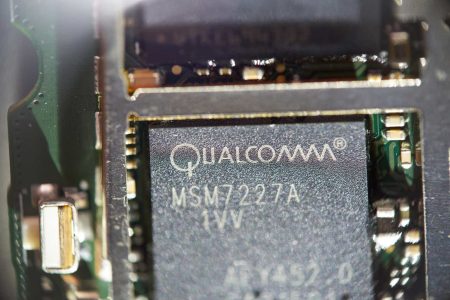Well, the stock market remains in pretty solid shape as a whole, but regional banks are in recovery mode. We continue our earnings coverage with a regional bank today in the Hawaiian Islands.
We have gotten a bit bullish on regional banks the last month or so, as the tech run seems overdone and money rotates into other sectors. The banking crisis in March 2023 seems to have been contained, though that is one reason why we continue to cover regionals. We are looking for recessionary signs and/or signs of contagion. As traders, we have to be nimble and ready to move money quickly, ahead of the herd. So finding signs of distress early is key. So far, the regionals we have covered in Q2 have performed pretty well.
This morning are revisiting the Bank of Hawaii Corporation (NYSE:BOH), a bank that serves customers in the Hawaiian Islands market. The company just reported mixed earnings, and the stock while initially falling, is rallying. We think the stock has upside from here as momentum looks positive. However, in our opinion, we believe that, being a regional bank serving the Hawaiian Islands, the stock will do well as economic activity, namely tourism, remains strong in the Hawaiian Islands. You see how airlines are doing, travel is really strong. This bodes well for this bank as its customers largely rely on the hopping Hawaiian economy. We love the dividend yield of 5.2% here. Overall Q2 metrics were mixed, but the earnings power of the bank is overall in strong shape. We rate shares a buy
Bank of Hawaii Q2 headline earnings
We think there is still time to take advantage of this decline in regional banks for both trading and long-term positioning. The market has and continues to price in uncertainty, but after this report, BOH stock also offers a decent valuation, on top of the nice yield. The bank reported net revenues of $167.6 million in Q2 2023. This was a miss versus consensus expectations and it was a 4.3% decrease from last year’s quarter. Consensus was about $2 million higher. The lower top line, however, did not lead to a bottom line miss, implying margin strength and well-controlled expenses.
Provisions for credit losses are back on the rise as banks prepare for a possible recession and some delinquencies. Since the top line came up short, we thought earnings would be worse but also projected that provisions could be in the $3 million range. However, provisions were $2.5 million, a bit less than we expected which is a good sign, but was up from $2.0 million in Q1. We will keep an eye on this. We also saw strong non-interest income. Many banks are seeing a decline on this side of the equation but the bank notched a 6.2% increase from Q1 on this metric and a 2.6% increase from last year. All of this combined to lead to EPS of $1.12 in Q2, which was a decrease from $1.38 in Q2 2022, and down from $1.14 in Q1. However, we believe an earnings trough is near.
So we have to understand what is happening here. Net interest income was $124.3 million, an 8.5% decrease from Q1 and down 8.5% from a year ago. This is due to margin erosion. Make no mistake, yields on loans are at highs, but the costs of funds have risen dramatically in the space, and as we have noted, we have seen peak margins in the space. Net interest margin was 2.22%, down from a year ago, which saw 2.47%, and down from the same 2.47% in Q1. Still, these are strong margins. How about loans and deposits here?
Loan and deposit growth
We always look for loan and deposit growth for any bank we examine. Compared to a year ago, we are seeing both loan and deposit growth. Deposits were $20.5 billion, an increase of 0.1% from Q1. It is great to see more available capital to lend. And the company is lending nicely. The total loans the company has were $13.9 billion, which is a jump up of 0.7% from just last quarter and was a solid increase of 7.4% from a year ago. Of course, with more provisions, and lower margins, we saw lower earnings. This means operational efficiency saw some declines.
Operational efficiency
The return on average assets was 0.77%, dipping from 1.0% in Q2 2022, while the return on equity was 14.95%, down from 18.19%. Perhaps not surprising, the efficiency ratio worsened to 62.07%, versus 58.80% in Q2 2022. However, it improved from the sequential quarters’ 63.34%, so this is a positive. We also want to point out that credit quality metrics improved, and that is positive. We saw net charge-offs fall to just 0.04% of annualized outstanding loans, which is quite low. The allowance for credit losses declined $3.1 million from a year ago which is also a surprising strength. The ratio is now just 1.04% of all loans, down from 1.14% a year ago.
Take home
This was a mixed quarter for Bank of Hawaii, but the market is bidding the stock up as it sees signs that the worst is over. The asset quality metrics are strong. Hawaii depends on tourism, and that industry is doing very well. Higher rates have hurt loan demand in some industries, but Bank of Hawaii continues to grow loans and is making more per loan, however, it is paying up for deposits like everyone else, which has crimped overall margins. With the bank recovering from the March crisis lows, and a 5.2% yield to be paid to wait, we think Bank of Hawaii Corporation stock is a buy here.
Read the full article here















